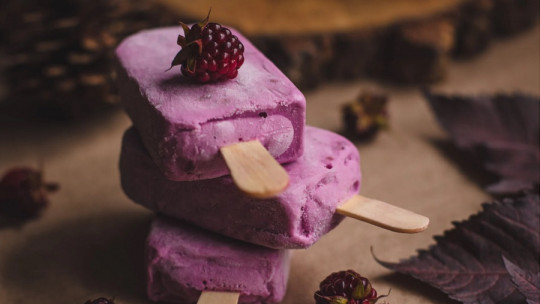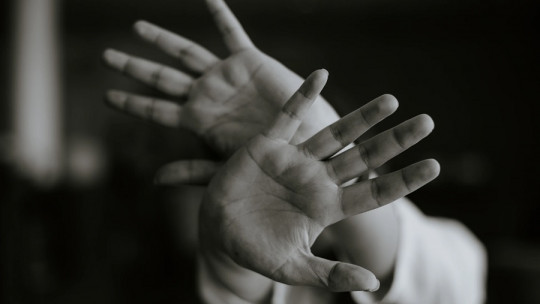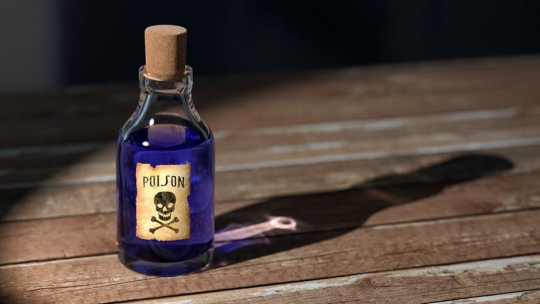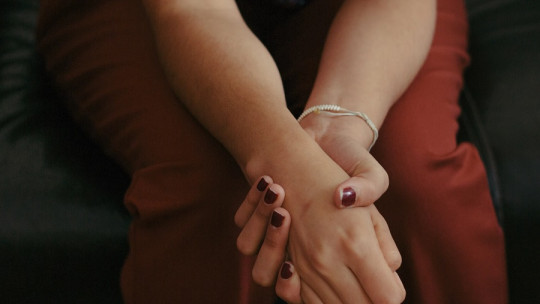
There are as many phobias as there are objects, stimuli or situations in the world. In this article we will know iophobia, which consists of the phobia of being poisoned whether accidentally or provoked.
But why does this phobia appear? What symptoms does it entail? How can we treat it? We will answer all these questions and, finally, we will make your differential diagnosis.
Iophobia: What does it consist of?
The word iophobia comes from the Greek “ios” (poison, toxic) and “phobos” (phobia, fear). Therefore, iophobia consists of disproportionate fear or phobia of poison Specifically, it is an abnormal and unjustified fear of poison, of being poisoned, or of toxins.
Thus, iophobia consists of the feeling of fear or fear of consuming, ingesting, breathing or having any type of contact with any poisonous substance; On the other hand, the person may also be afraid of being accidentally poisoned, and therefore iophobia It is related to toxicophobia or toxophobia
A specific phobia: symptoms
Iophobia consists of a specific phobia, since in this case there is fear of a specific stimulus or situation. In specific phobias, it is generated in the person an intense fear or anxiety about said stimulus or situation for at least 6 months.
In iophobia, the phobic situations would be the possibility of being poisoned and/or dying from poisoning, and the objects or stimuli would be, for example, substances, chemicals, liquids, etc.
These sensations of fear that are born in the individual, cause the intense need to escape from the stimulus as well as the avoidance of both exposure to it and situations where it could appear (if the situations are not avoided, they are endured with high anxiety or discomfort).
All of these symptoms alter and interfere with the person’s normal functioning, in all areas of their life.
Causes
There may be various causes for the appearance of iophobia (the origin may be diverse). Let’s look at some of them:
1. Conditioning
Receiving or repeatedly seeing news of people who have been poisoned (and/or have died from poisoning), whether accidentally or provoked (by themselves or by third parties), together with a predisposition or personal vulnerability to suffering from a phobia, can generate iophobia.
We may also have experienced a poisoning situation ourselves (traumatic experience). Thus, the person with iophobia can acquire the phobia conditioned by past experiences (own or vicarious).
As we have seen, if it is vicarious, it is produced by visualization of poisoning. through direct observation, reading or audiovisual media
2. Other related phobias
It may also be that the person already has a certain fear (or directly, phobia) of different plants and animals.
We can relate this to Seligman’s priming theory, which maintains that there would be certain stimuli or situations more likely to trigger phobias (since they would be phylogenetically prepared, that is, we would “inherit” these fears from our ancestors when they faced dangerous or life-or-death situations). For example, fear of lions, a snake bite, or some poisonous herbs or substances (all of these stimuli can cause death).
Thus, the human being would have “inherited” the fact of being afraid of certain animals or plants and would have learned to avoid them, feeling an innate fear or disgust towards them.
3. Predisposition
We also find a predisposition (whether genetic, biological, social…) at the base of many phobias, including iophobia. Thus, the person could have said vulnerability, added to the generalization of previous fears of dying or getting sick due to an external agent that is not directly visible (for example, a poisonous substance, a bacteria, etc.).
It would be fulfilled like this an adaptive function when the person would avoid said stimuli that could cause death (increasing your chance of survival)
Treatment
The most effective psychological therapy currently to treat specific phobias is exposure therapy In this type of therapy, the individual is exposed to the feared stimulus or situation (generally gradually after the development of a hierarchy of items between patient and therapist).
In the case of iophobia, the exposure will not be “real”, that is, the subject will not be exposed to being poisoned in a real way, but exposure therapy can be carried out in imagination (where the individual must imagine in detail that he is being poisoned). On the other hand, situations avoided by the subject as a consequence of iophobia can also be worked on.
We can illustrate all this with an example; Let’s imagine a person with iophobia who does not drink from any glass served to him in a restaurant. In this case, the therapy would consist of exposing the subject to drinking from the glasses that are served to him and not avoiding such a situation. Another example would be exposing the subject to using cleaning products, or simply eating out.
On the other hand, The cognitive restructuring technique can also be used (within cognitive behavioral therapy); This will be aimed at discussing the patient’s irrational beliefs and fears, as well as the meaning attributed to these beliefs, as well as the poison itself.
Differential diagnosis
Finally, a good differential diagnosis must be carried out, mainly with:
1. OCD
Patients with OCD They may manifest obsessions and compulsions related to cleaning (this is not iophobia per se).
2. Psychotic disorders
Patients with schizophrenia, delusional disorder or others may manifest the delirium of being poisoned (it wouldn’t be iophobia either).








